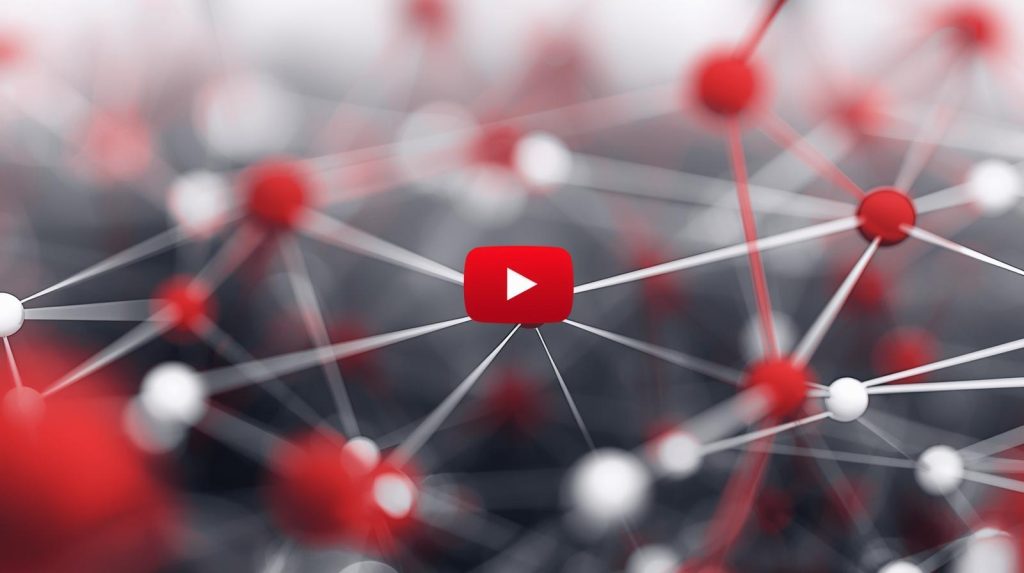YouTube has become the go-to platform for creators, marketers, and businesses looking to reach a global audience. But growing your channel in 2025 isn’t just about uploading videos — it’s about understanding the YouTube algorithm. The algorithm decides which videos get recommended, how they appear in search results, and which content reaches your target audience.
In this guide, we’ll break down exactly how the YouTube algorithm works, what factors influence it, and strategies to boost your views, engagement, and subscribers.
What is the YouTube Algorithm?
The YouTube algorithm is a complex system powered by AI and machine learning that determines which videos to recommend to viewers. Its main goal is to maximize user satisfaction by showing content that keeps users engaged and on the platform longer.
The algorithm isn’t static — it evolves constantly, factoring in audience behavior, watch time, engagement, and relevance. Understanding how it works is crucial for anyone looking to grow their YouTube channel organically.
Key Factors That Influence the YouTube Algorithm
To work with the algorithm, you need to know what it prioritizes:
- Watch Time & Session Duration: Videos that keep viewers watching longer signal quality to the algorithm.
- Click-Through Rate (CTR): Compelling thumbnails and titles attract clicks, which influences rankings.
- Engagement Metrics: Likes, comments, shares, and subscriptions show that viewers enjoy your content.
- Consistency & Upload Frequency: Regular uploads help maintain channel visibility.
- Personalization: The algorithm tailors recommendations based on each viewer’s history, preferences, and behavior.
Focusing on these metrics increases your chances of ranking higher in search results and being featured in recommended feeds.
How the YouTube Algorithm Works in 2025
The algorithm operates differently across YouTube’s various features:
- Home Page Recommendations: Curated for each viewer based on watch history and preferences.
- Search Results: Videos ranked by relevance, keywords, engagement, and freshness.
- Trending Page: Highlights popular content with high views and engagement.
- Suggested Videos: Shown next to the video being watched, based on similar interests.
AI and machine learning now play a massive role in optimizing what content each viewer sees, making personalization more precise than ever.
Tips to Optimize Your Videos for the Algorithm
Optimizing your content can significantly improve its visibility:
- Create High-Retention Content: Keep viewers watching with strong hooks, engaging storytelling, and pacing.
- Optimize Titles, Descriptions, and Tags: Include relevant keywords naturally, including your main keyword, like “YouTube algorithm tips.”
- Use Engaging Thumbnails: Bright, high-contrast visuals with readable text encourage clicks.
- Encourage Engagement: Ask viewers to like, comment, and share. Engagement signals boost algorithmic ranking.
- Consistent Upload Schedule: Regular posting helps maintain visibility and subscriber interest.
Understanding YouTube Search vs. Recommendation
It’s important to distinguish between two main discovery pathways:
- Search Results: Optimized with keywords, tags, and descriptions to rank for specific queries.
- Recommendations: Driven by watch history, similar content, and engagement patterns.
Creating content that works for both search and recommendations increases your chances of going viral and attracting new subscribers.
Strategies to Boost Views and Subscribers
Implement these strategies for growth:
- Trend-Based Content: Create videos around trending topics in your niche.
- Analyze Top-Performing Content: Identify what works using YouTube Analytics.
- Collaborations: Partner with other creators to reach a wider audience.
- Cross-Promotion: Share videos on social media and embed YouTube channel videos them on websites using tools like Tagembed.
- Audience Engagement: Respond to comments and interact in community posts to increase loyalty and retention.
Common Myths About the YouTube Algorithm
- Myth: Longer videos always rank better.
Fact: Retention matters more than length. A concise video that keeps viewers engaged performs better. - Myth: You need viral content to grow.
Fact: Consistent, high-quality content builds long-term growth. - Myth: Tags are the most important ranking factor.
Fact: Tags help, but engagement and watch time weigh more heavily.
Understanding these myths prevents wasted effort and ensures you focus on what truly matters.
Tools to Analyze and Adapt to the Algorithm
Leverage tools to improve your strategy:
- YouTube Analytics: Monitor watch time, CTR, audience demographics, and engagement metrics.
- Keyword & Trend Tools: TubeBuddy, VidIQ, and Google Trends help find trending topics.
- Social Media Aggregators: Tools like Tagembed allow embedding YouTube videos on websites, increasing reach and driving new subscribers.
Conclusion
Mastering the YouTube algorithm in 2025 is essential for anyone looking to grow their channel. Focus on creating high-retention content, optimizing metadata, engaging your audience, and analyzing performance. With persistence and the right strategies, you can increase views, boost engagement, and grow subscribers effectively.

